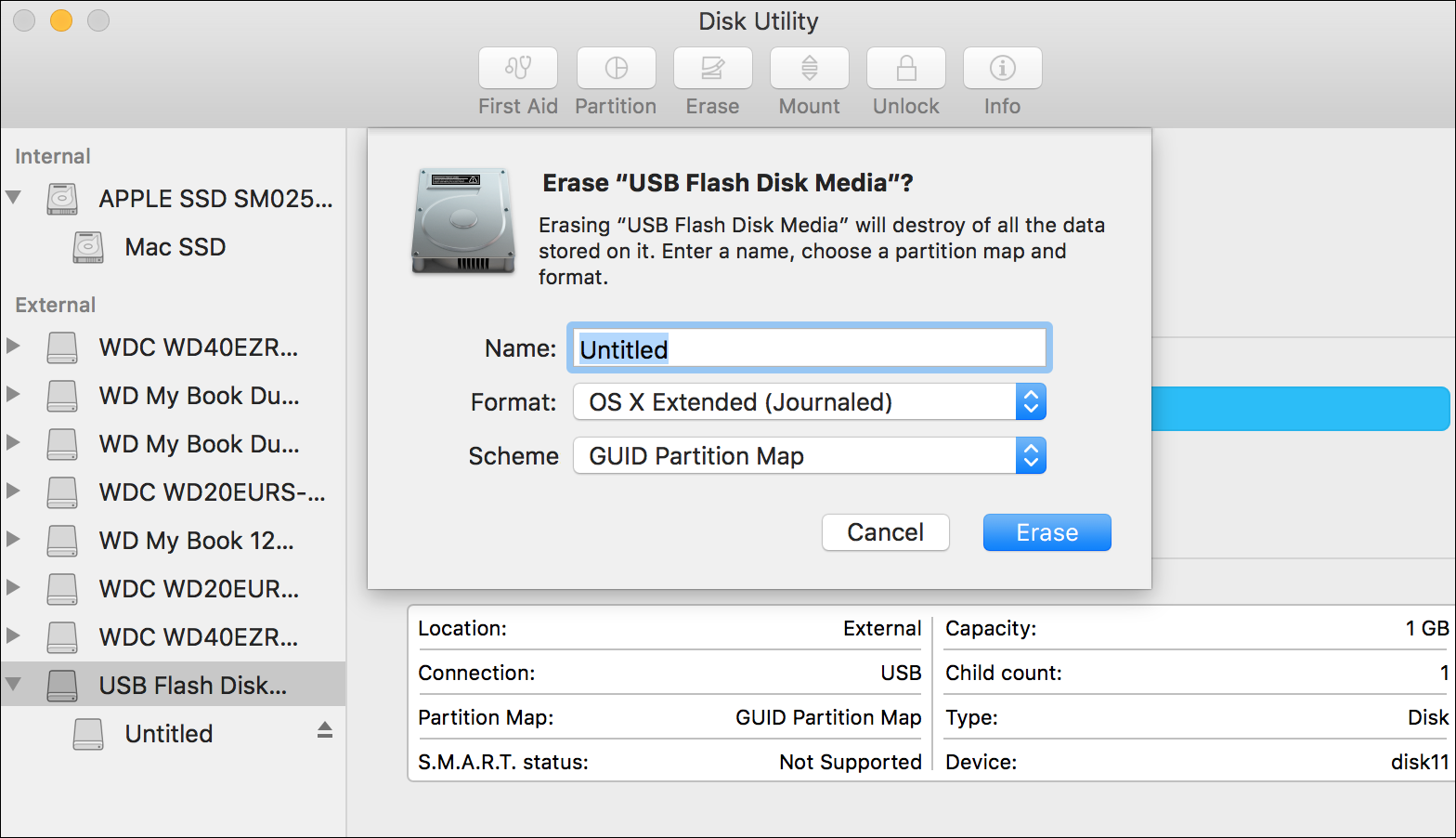Disc Image For Mac
However, Disk Utility can not only manage your hard drives and other forms of storage, it can also create disk images. A disk image can be used to store and encrypt files. In order to create disc images with Disk Utility, you should know the purpose of your disc image, choose the format for your disc image, and create it.
Disk Images in OS X are a great way to back up, archive, or protect any file or folder on your Mac® OS X. If you want to create a Disk Image on Mac® OS X™, w. Disk imaging or Disc cloning software is copying the entire hard disks sector by sector, saving as an image file (ISO image) and make copies out of this image. This disc cloning software is using an enterprise level to clone hundreds of PCs with the same OS and prebuild applications. After that, right-click the USB Drive and select Restore with Disk Image; Point to your Mac OS.dmg or.iso file by clicking the add button. After that TransMac will create bootable Mac OS USB within few minutes. Then you can insert it into your Mac, hold down the option key while turn on and boot your system with this USB.
I'd like to know how can I delete (erase) Apple disk image Media.
Normally when I open Disk utility I'm not able to see this. Only when I'm in Disk utility in Recovery Mode (⌘+R).
I'm not sure what that means and how can I erase it - that's why I'm asking 🙂
Here's how it looks:
This disk image is listed under 'Disk images' section and it is external type of disk. It has also 2,14 GB in total.
How can I completely remove it?
I also tried typing

diskutil list
into Terminal when I was normally logged in. It wrote me:
I appreciate any help.
MacBook Pro (Retina, 13-inch, Mid 2014), macOS Sierra (10.12.3), null
Posted on
Overview
This gist details how to create or restore a disk image in Mac OSX. There are three methods that are described: Carbon Copy Cloner, Disk Utility, and CommandLine.
- Disclaimer:
- I have no financial incentives to https://bombich.com or Apple.
- Always make a backup of your data, and make 2 separate backups before trying something new.
- The following steps have been tested and are a summary of my personal recommendations, but should be used at your own risk.
- If there is a chance of imminent data loss, contact a professional for assistance, and do not rely on a random person from the Internet for help.
Method 1: Carbon Copy Cloner (CCC)
This is by far the recommended method. CCC has been around awhile, and has a simple yet powerful interface that can serve multiple functions, including creating a bootable backup from a disk (like your internal hard disk).
To create a disk image, select the source volume and the destination volume. If you want to create a cloned copy of the source volume, then select a destination disk, but be advised that existing files may be overwritten.If you want to create a disk image on an existing disk, then select a folder instead.

To restore a disk image, follow the above steps in reverse.
Method 2: Use Disk Utility
Creating a Disk Image
Disk Image Format
This method is fairly straightforward, and Apple has a surprisingly helpful knowledgebase article that provides information as well.
The steps assume you are using Mac OSX High Sierra or later. The above link has information for previous OSX versions.
Step 1:
- Open Disk Utility, then click on the external hard disk that you wish to clone (for example, 'ExternalHD')
Step 2:
- Then select select File -> New Image -> Image from 'ExternalHD'
- Note: If you do not see your disk listed, that means you did not click on it beforehand.
- The options for disk image are:
- read-only: this image will not be modifiable
- compressed: this image will be a compressed version of a read-only image
- read/write: this image will be modifiable, and will have the extension '.dmg'
- DVD/CD Master: this image is compatible with 3rd party apps, and will have the extension '.cdr'
- Unless you have a compelling reason otherwise, select the option 'read/write'
Step 3:

- This process will take awhile. You can also create a checksum of the image by clicking on the image, then selecting Images -> Add Checksum
Restoring a Disk Image
Apple has another surprisingly helpful knowledgebase article that provides information as well on these steps.
There really is only one tricky step.
Step 1:
Mac Os Disk Image
- Connect the external drive that will be erased.
- Then open Disk Utility
Step 2:
- Select the empty drive from Step 1 that will be deleted, then click the restore button.
- This is the tricky step. All data will be (irreversibly) deleted from the drive that you select.
Step 3:
- In the window that opens, select the disk image (it must end in '.dmg') that you will use to restore onto the drive that you just selected to be deleted, then click 'Restore'. This process will take awhile.
Disc Image For Mac
Method 3: Use CommandLine
This method should only be attempted if you are feeling adventurous, and if Method 1 and Method 2 are unavailable.
to erase a disk, use the syntax:
Create disk image
Use either the hdiutil or dd commands
Disc Image Mounter For Mac
Restore Disk Image
Windows 10 Disc Image For Mac
There are two main methods to restore a disk image: asr (Apple Software Restore) and dd. The dd command can be used as described above, but in the reverse order.